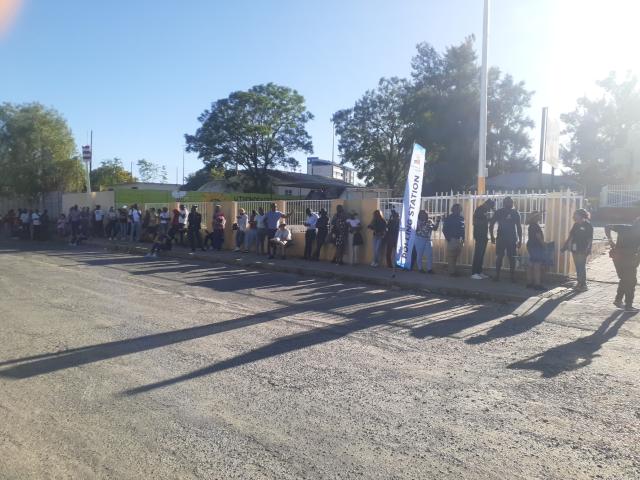IN EARLY 2022 THE World Bank reported that about 1,6 million Namibians live in poverty of whom 10% live in abject poverty.
Most Namibians rely on the agriculture sector for survival. However, the Namibia Statistics Agency reported in 2015 that the agricultural sector was performing sluggishly.
As a result, the sector’s overall contribution to Gross Domestic Product (GDP) has dropped.
This underlines the need to boost farming activities in both rural and urban areas. Ironically, agricultural activities have been sidelined by urban land use planners despite the clarion call to address food security and mitigate the impact of climate change.
The World Food Summit defines food security as “when all people at all times have physical and economic access to sufficient, safe and nutritious food for a healthy and active life”.
As it stands, some suggest the food insecurity situation in Namibia might deteriorate more because of the lingering fall-out of Covid-19 and international economic and political instability.
GROWTH
Promoting urban agriculture is in line with the Global Sustainable Development Goals (SDGs), particularly SDG 1: Zero Hunger, SDG 2: No Poverty, and SDG 11: Sustainable Cities and Communities.
At present, Namibia imports 60% of its food requirements.
For this reason alone, proper land use planning in urban areas can be viewed as contributing to food security for urban dwellers.
This can be facilitated by zoning areas for urban agricultural land use.
Urban agriculture already plays an important economic role in countries such as Swaziland, Tanzania, Kenya, Zimbabwe and Malawi. In Kenya and Tanzania, where, in some cases, two out of three urban families practice urban agriculture.
This demonstrates it is a crucial component in enabling food security in Africa.
WINDHOEK
Windhoek can promote urban agriculture through incorporating it in various planning tools, legislation and statutory documents despite what appear to be past planning oversights.
Past planning instruments include the Windhoek Structure Plan (1996); Windhoek Town Planning Scheme (1976) as amended; City of Windhoek Development and Upgrading Strategy (1999); and the City of Windhoek Local Economic Development Strategy (2010-2015).
None of these planning tools recognises the importance of urban agriculture in bolstering the city’s economic activities, hence leaving out vital urban land use activities.
Windhoek can remedy this by drawing on the globally acknowledged Sustainable City Development Framework, which has been proposed as an instrument for integrating urban agriculture into land use planning.
CENTRES OF RESILIENCE
Many local authorities across Namibia are experiencing unsustainable population growth.
However, there are a number of strategies that can enable urban sustainability. Urban agriculture is one of them. It is an important tool for decision-makers to utilise in creating more sustainable and climate smart cities.
Local authorities should renew their commitment to the development of urban agriculture to help address food insecurity in their areas.
Inclusive and sufficient land use policies, legal frameworks and planning are key to integrating urban agriculture in land use planning.
Urban agriculture need supportive policies and a conducive environment in terms of institutional arrangements and legal frameworks.
There is a need to remove all regulatory barriers to incentivise urban agriculture activities by providing financial assistance, land, and the necessary infrastructure for agricultural activities in urban areas.
THE QUEST
Urban agriculture has formed part of human history, and its role in food security, building social cohesion and contributing to economic development has been acknowledged.
It remains an important component in not only promoting food security in cities and towns but acting as a building block of environmental and conservation biodiversity in and around cities.
Land use planning is a prerequisite for food security because of its ability to integrate urban agriculture activities in urban planning.
Young developing towns need to avoid the planning deficiencies of metropolitans and should not use big cities as models for their spatial and land use planning.
This should be embraced by the next generation of cities and towns in their quest to achieve sustainable development and help feed city residents.
- Mekondjo Hitila is a manager for the Ben Hur Rural Development Centre in the Omaheke region, and a final year master of spatial science student at the Namibia University of Science and Technology. The views expressed in this article are entirely his own
Stay informed with The Namibian – your source for credible journalism. Get in-depth reporting and opinions for
only N$85 a month. Invest in journalism, invest in democracy –
Subscribe Now!








